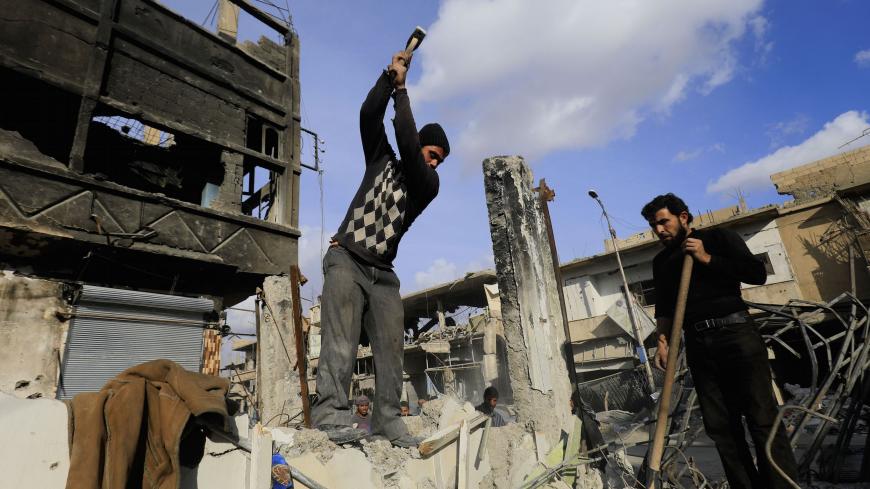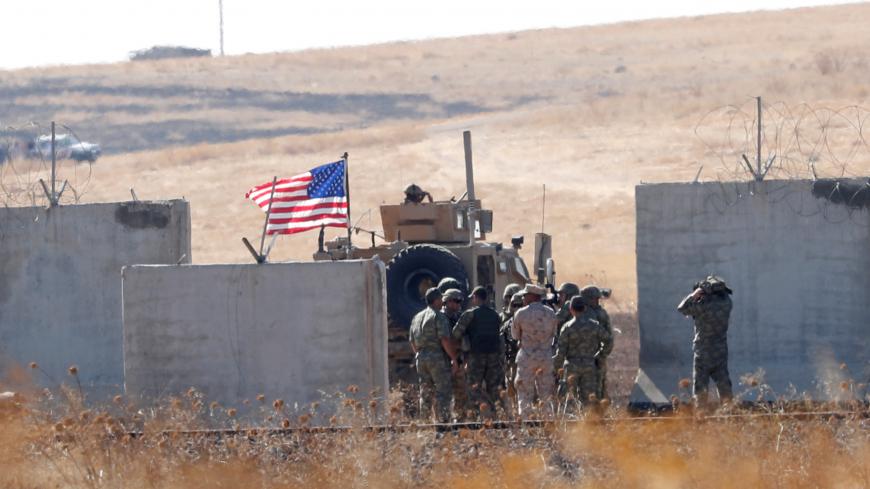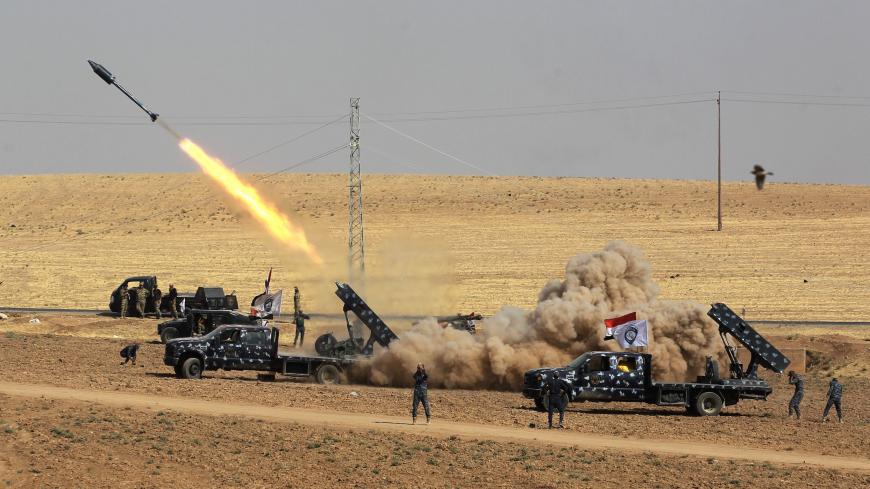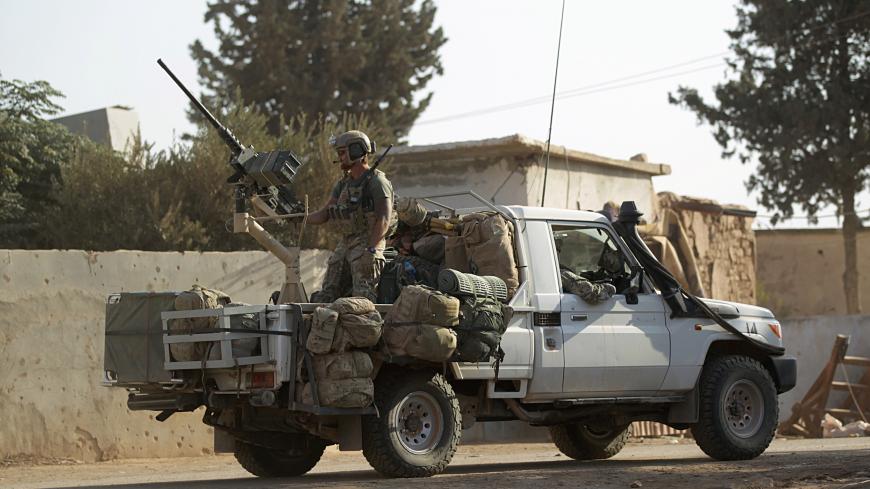Pentagon acknowledges US contractor presence in Syria for first time
The US military revealed in a new report that some 5,500 contractors are helping fight the Islamic State in Iraq and Syria.

The US military is using more than 5,500 contractors in the campaign to defeat the Islamic State (IS) in Syria and Iraq, the Pentagon revealed in a quarterly report this week that acknowledges the use of contractors in the Syrian war zone for the first time.
The latest figures from US Central Command indicate that 5,508 US and foreign contractors are working alongside US troops in the two combat zones. That’s an increase of 581, or 12%, over January’s numbers, which did not include Syria. About half of the contractors are US citizens, while the rest are local or third-country hires.







